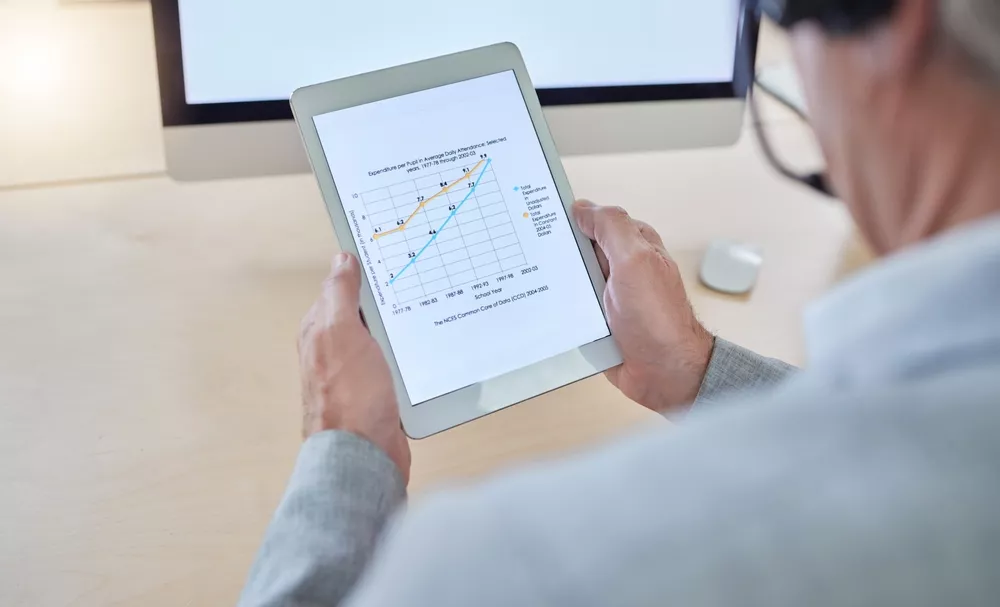Your BPO call center acts as the interface between your customers and your company.
All successful call center operations base their performance on the careful tracking of key performance indicators (KPIs).
While a razor focus on call center KPIs may show that your Business Process Outsourcing (BPO) company is paying close attention to performance, it’s also very important for to make sure there are decision makers in the call center environment to better understand conditions “on the ground.”
In this guide, you’ll learn about industry-standard metrics and how to monitor your call center partner’s performance to improve your business’s overall customer experience.
Note: All good call centers use these metrics to generate reports and results for their partner companies.
First Contact Resolution (FCR)
To calculate FCR, you simply find the percentage of customer inquiries that were resolved in the first interaction with your contact center.
A high FCR may indicate high customer satisfaction and efficient problem resolution.
Your BPO partner is constantly working to improve its FCR. Done right, it saves your partner’s operational expenses and resources expended on each individual customer interaction – savings that can be passed on to you.
Improving FCR may consist of the following steps:
- Agents are given a playbook for managing the most common types of customer questions.
- Research is conducted on the most common inquiries and how to operationally prevent those inquiries from arising in the first place.
- Agents are provided incentives to achieve high FCR scores.
Average Handling Time (AHT)
AHT represents the average time an agent spends on each interaction, inclusive of post-interaction tasks.
While reduced AHT is preferable for operational efficiency, your BPO call center’s management team will also ensure that other contact metrics are not compromised because of improving this value.
When considering the AHT value you receive in a status report, you should also consider weighing this number against other call center performance metrics, such as FCR.
A low FCR and low AHT can indicate rushing through inquiries without providing an adequate resolution.
Your BPO company will take the following steps to improve AHT:
- Providing streamlined flow charts that allow agents to know which actions to take throughout the conversation.
- Identifying how AHT and FCR interact. If agents are consistently rushing through calls, training to slow them down will be offered to adequately answer customer inquiries.
Call Desertion Rate (CDR)
The percentage of customers who disconnect before reaching an agent is known as the call desertion rate (CDR).
A high CDR can indicate that your customers are dissatisfied with the wait time before they reach an agent.
To improve CDR, the following operational improvements may be implemented:
- Staffing during periods of high CDR is analyzed. You may receive a suggestion from your BPO partner to increase your costs for more staff during particularly busy times.
- In your reports, compare the average handling time (AHT) to your CDR. If you observe that there is an inverse correlation between the two, call center agents may be taking too long to resolve customer issues before moving on to the next caller. This is an issue you can bring up with your BPO company contact.
- Add additional lines of support for your customers, including online chat and help guides that customers can review at their own leisure.
Customer Satisfaction Index (CSAT)
One of the most important call center KPIs is the customer satisfaction index. Most BPO call centers collect CSAT scores via post-interaction surveys.
These scores use a scaling system (1-10) to ascertain customer satisfaction.
While a single value is not a perfect measure of satisfaction since it does not capture the nuances of the situation, CSAT remains an indispensable tool.
Be sure to weigh the CSAT report you receive against other implied measures of satisfaction, such as AHT and FCR. CSAT is useful in providing the customer’s perception of their satisfaction, but it cannot tell the whole story by itself.

Service Level
This KPI helps you determine the percentage of calls addressed within a given number of seconds.
A frequently employed service level benchmark is the 80/20 guideline, which indicates that 80% of calls should be handled within 20 seconds.
Improving service level involves ensuring adequate staffing during peak periods.
However, the ideal service level will depend on how your business operates, and you should weigh this value against other measures of success, such as CSAT.
Occupancy Ratio
This metric offers an important insight into how your BPO call center is utilizing agent resources.
To calculate it, your call center managers take the amount of time that agents are actively engaged with customers divided by the total available time in their shifts.
While a high occupancy ratio may seem desirable from an expense standpoint, it can also indicate that you have hired too few agents.
When your BPO partner sees this metric, they may advise you to increase your staffing allowance.
Customer Effort Score (CES)
CES differs from other measures of customer satisfaction in a number of ways, including its use of an “effort” measurement. A lower CES suggests a more seamless customer experience, which should lead to higher retention rates.
The main differences between CSAT and CES are:
- CES is calculated as the sum of effort ratings divided by the total responses received, while CSAT is the number of satisfied responses (7 or 8+) divided by the total number of responses collected multiplied by 100.
- You will typically send a CES survey request immediately following the call center interaction. CSAT may be sent later, depending on the type of interaction.
- CES measures the effort your customers must exert to get something done, while CSAT is a measure of happiness in interacting with your company.
CES, in short, helps your BPO call center identify major customer pain points and introduce technologies to address them.
Keep an Eye on the Metrics When Outsourcing Your Call Center
Outsourcing a call center brings numerous benefits, including cost savings, access to specialized expertise, scalability, improved focus on core business functions, and enhanced customer experiences.
Measuring the performance of your outsourced partner not only ensures the benefits extend to your company’s bottom line but also helps to safeguard and elevate client satisfaction by maintaining high service standards and customized experiences.
Choosing a business process outsourcing (BPO) partner with strategic inbound and outbound solutions and a focus on KPIs can be a game-changer for businesses.
Take advantage of the comprehensive call center services offered by Confie BPO today to unlock the benefits that minimize costs and maximize revenue. To learn more, contact Confie BPO at 800-684-2276, online, or by email at contact@confieBPO.com.


